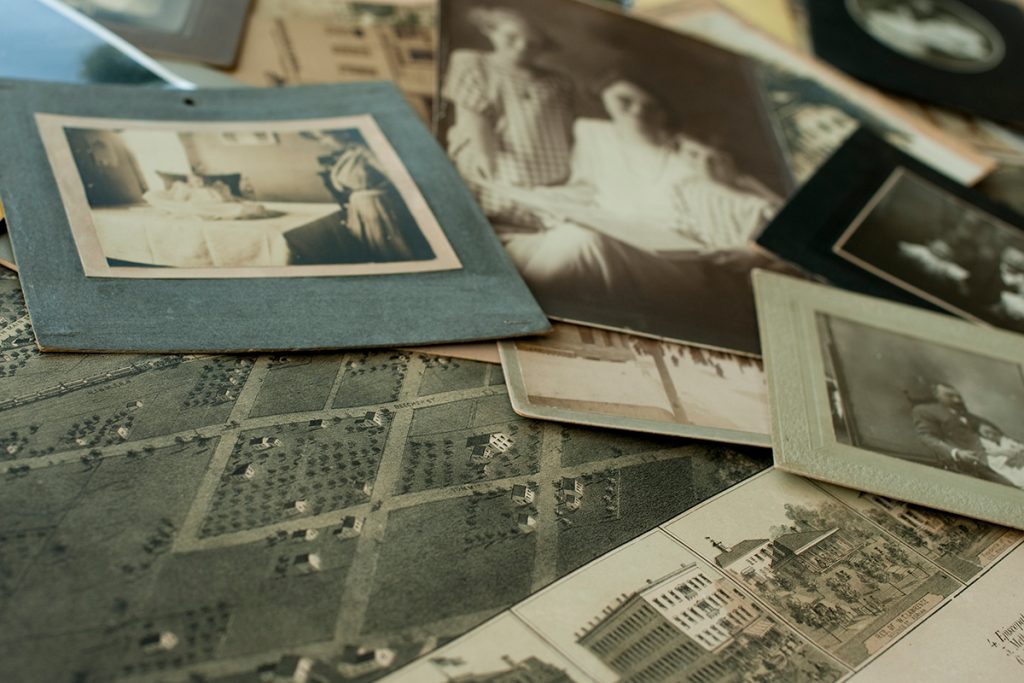Heirlooms, Mementos & Artifacts: Why People and Museums Collect
Why do people and museums collect things? Well, there are lots of different kinds of collections and lots of different reasons behind them. Let's start by walking through a few of the main types of collecting. … Read More


